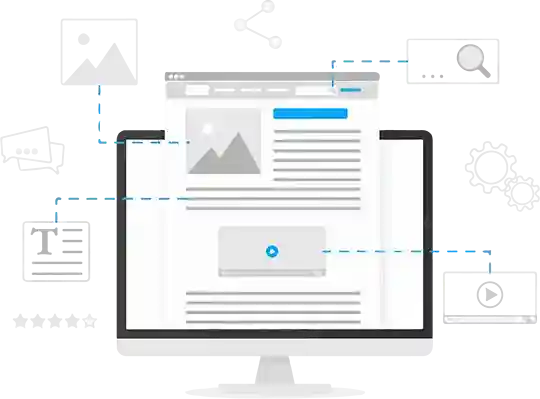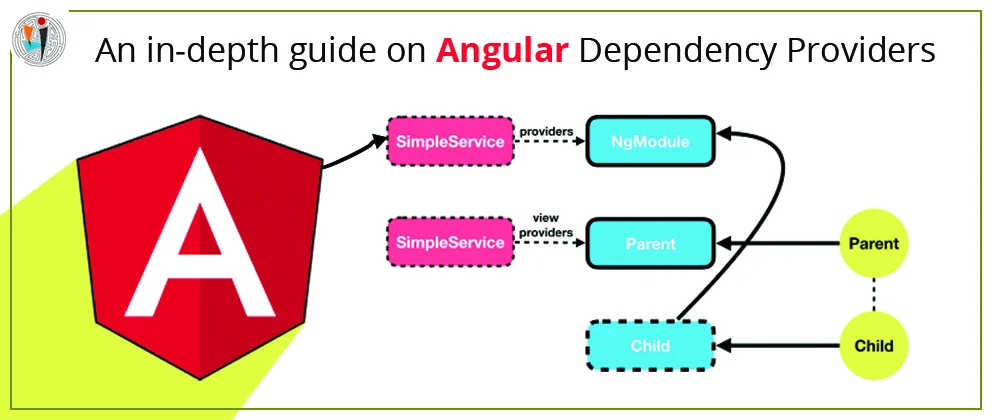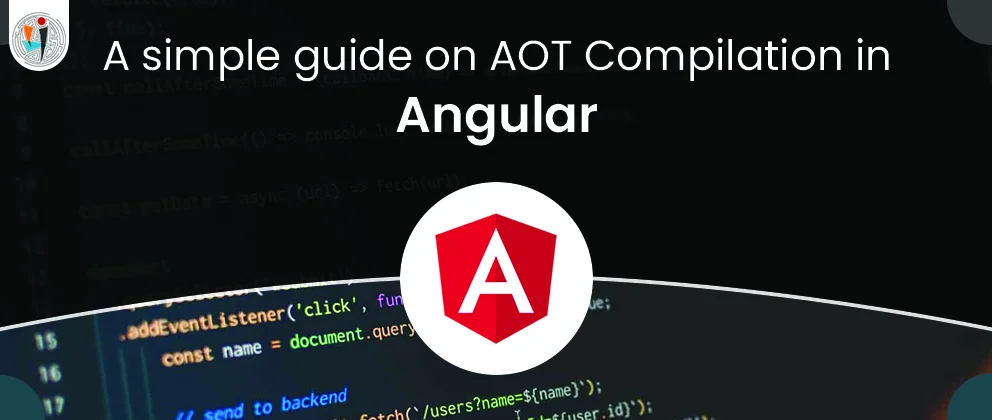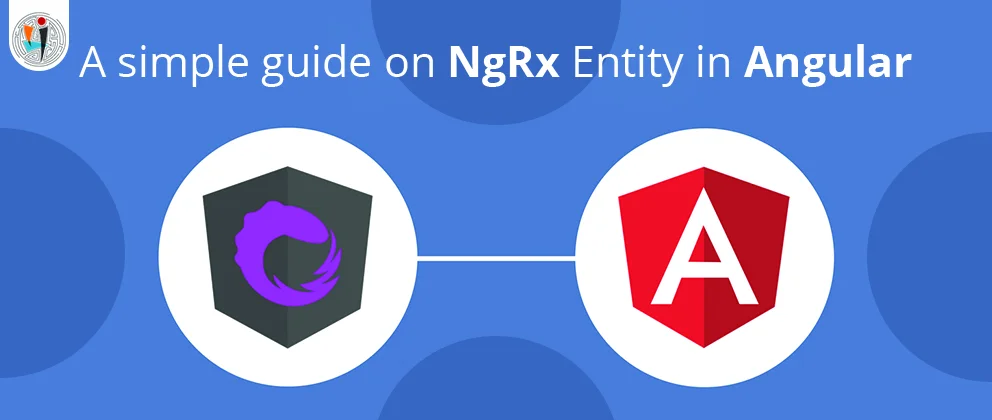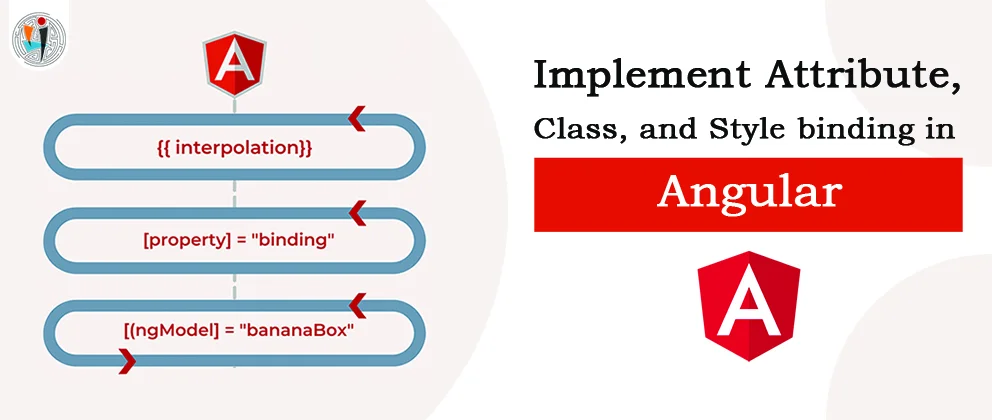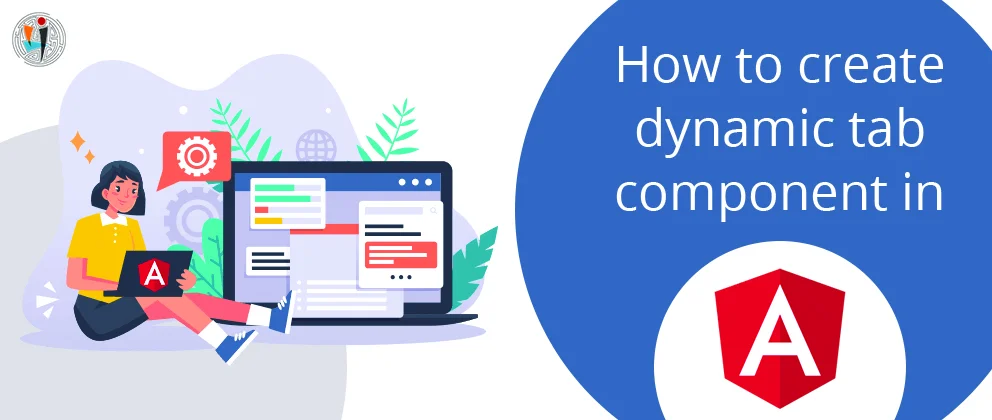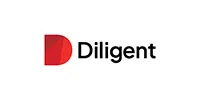There has been a large increase in the number of devices and as we evolve into the digital age and e-commerce, recording transactions are becoming highly complex. The growth of global trade and online transactions has created a network of disparate ledger systems, vulnerable to errors and fraud. Security has become a major concern and has led to the introduction of digital signatures as a means of verification of data integrity and authentication. Blockchain made its way by adding on the business ledger aspect, allowing for multiple signatures and distributing information across multiple systems in the network.
A block is a part of a blockchain which records some or all of the recent transactions. Once the transactions are complete, they go into the blockchain as a permanent database. The blocks are linked to each other in a chain-like, chronological order. Every block contains a hash of the previous block.
Cryptographically Authentic - Uses public/private signature technology to make transactions immutable and hence are impervious to fraud
Shared - Organizations/Companies participate in shared database implementations
Distributed - Blockchain database is decentralized. The more replicas, the more authentic it becomes
Ledger - The database is an immutable record (read/write-once) of every transaction that occurs
Three dimensions of Blockchain technologies:
-
Public (trustless) - Fully decentralized - Examples: Bitcoin, “Alt Coins”, Ethereum, Factom, Blockstream
-
Private (trusted) - A centralized authority has the power to change the rules, revert transactions, etc. based on the need. Examples: Ethereum, Ripple, MultiChain
-
Consortium (semi-trusted) - Mix of both public and private. Read/Write can be extended to a certain number of nodes
Blockchain has great benefits:
-
Eliminates Intermediaries - Allows industries to redefine or create new business models
-
Reduces Fraud and Risk - Highly secure and reliable, making it nearly impossible to change historical records
-
Simplifies Transactions - Increases efficiency and speed
-
Increases Revenue and Savings - Potential savings and new revenue opportunities through more efficient processes and reduced costs
Blockchain as a Service
The bitcoin blockchain is now becoming available as part of the popular platform as a service (PaaS) technologies. Blockchain-based platforms such as Ethereum allow the creation of software solutions powered by the blockchain. The main purpose of BaaS is to enable the backend capabilities required for blockchain solutions. Setting up and operating a blockchain environment has major infrastructure and development challenges. Additionally, blockchain solutions typically require infrastructure and functional components that are not included in the blockchain. To address challenges like scalability and maintenance of blockchain environments, Microsoft and IBM have started offering blockchain capabilities as part of their PaaS. Developers can now build solutions that seamlessly combine the capabilities of the blockchain with typical platform and infrastructure services such as storage, middleware, messaging, and other functional building blocks of sophisticated software solutions. BaaS model allows developers to scale, provision and operate blockchain environments without being concerned about the underlying infrastructure.
Microsoft
Microsoft announced a partnership with Consensys to enable Ethereum as part of Azure environments. The service aims to empower clients, partners, and developers to experiment by offering a single-click, cloud-based blockchain developer environment. Ethereum BaaS by Microsoft Azure and ConsenSys allows parties to play, learn and fail fast at a low cost in a ready-made development, test and production environments. It also allows them to create private, public and consortium-based blockchain environments using industry-leading frameworks.
IBM
IBM announced the availability of its blockchain as a service (BaaS) solution as part of IBM Bluemix. IBM provides unique capabilities among which are pluggable architecture to allow developers use software that best suits their needs, advanced identity management built with the latest cryptography, smart contracts that can be executed in containers and fine-grained privacy and confidentiality control, which allows authors of smart contracts to specify who can view and execute them.
Deloitte
Rubix provides a solution that allows prototyping, testing and building customized blockchain for any use case. Rubix customized blockchains have customizable features and settings which suit enterprise environments and its architecture is designed to be a fully functional private network.
BaaS Benefits
-
Global availability - Provisioning of the blockchain across the globe
-
Elastic Scalability - Adding and removing nodes to blockchain network is simplified
-
Sophisticated DevOps experience - Simpler deploying, managing and operating blockchain networks
-
Simpler programming models - By abstracting the underlying infrastructure, creation of blockchain applications is made simpler
-
Infrastructure simplicity - Simplifies managing and operating private blockchains
-
Reduced costs - The Pay-as-you-go model drastically simplifies the costs
-
Developer and partner communities - Baas solutions open to developers and system integrator communities

